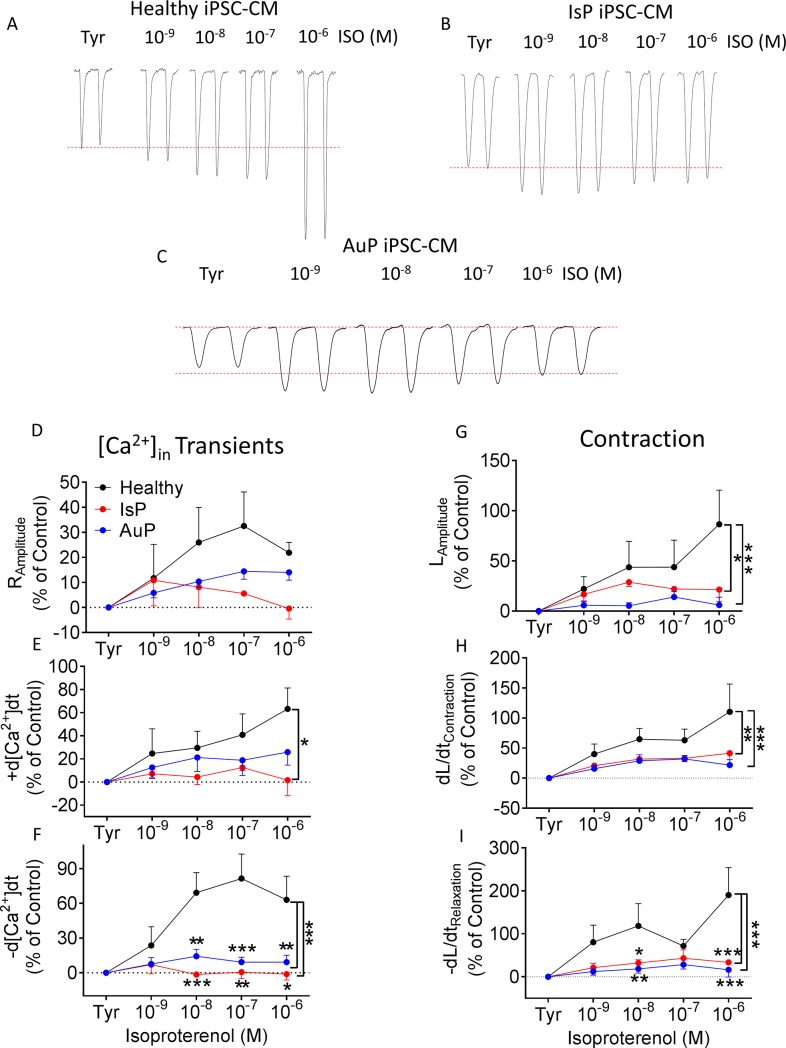Fig 5. Effect of isoproterenol on contraction and [Ca2+]i transient parameters of healthy and mutated iPSC-CM.
[A-C] Representative contractions (LAmplitude) from healthy [A], IsP [B] and AuP [C] iPSC-CM in the absence and presence of isoproterenol. Panels [D-F] display the summary of [Ca2+]i transient parameters of mutated (red–IsP, clone 23.2 n = 2, clone 23.10 n = 1, n = 3; blue–AuP, n = 8) and healthy (black–clone 24.5 n = 6) iPSC-CM: amplitude [D], and maximal rates of [Ca2+]i rise [E] and decay [F]. Panels [G-I] show the reduced response of mutated iPSC-CM (red–IsP, clone 23.2 n = 6, clone 23.10 n = 2, n = 8; blue–AuP, n = 8) compared to healthy (black–clone 24.5 n = 6) iPSC-CM in all contraction parameters: amplitude [G], and maximal rates of contraction [H] and relaxation [I]. Results are expressed as percent change from control values in Tyrode’s solution. Two-way ANOVA was performed followed by Holm-Sidak test. Two-way ANOVA showed a statistically significant difference in all 3 contraction parameters between healthy and IsP groups (P<0.05). Statistically significant difference was also seen in maximal rate of [Ca2+]i rise and relaxation between the 2 groups. For specific isoproterenol concentrations: *P<0.05, **P<0.01, ***P<0.001 vs Healthy. ISO–isoproterenol; Tyr–Tyrode’s solution.

